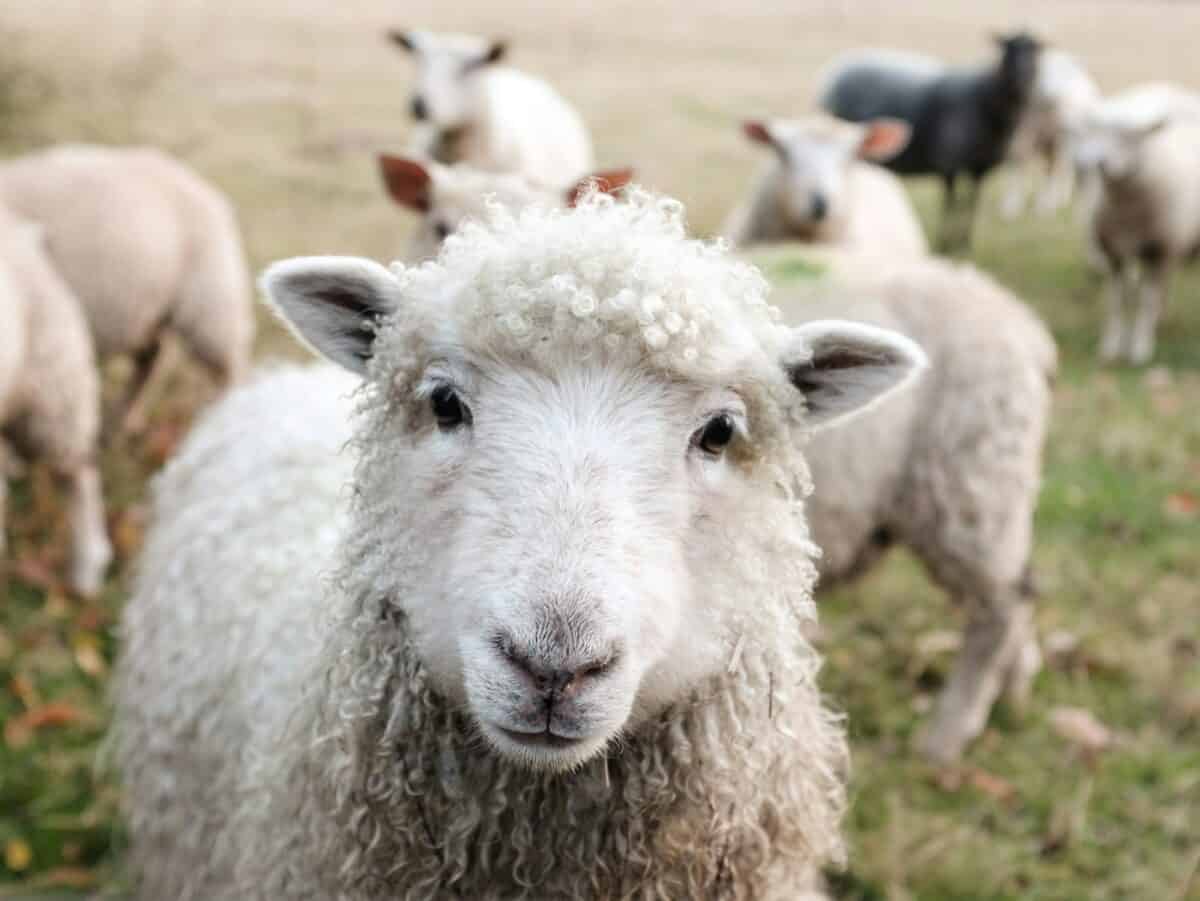Sheep occupy a unique and often contradictory position in human society. On one hand, they are revered as symbols of innocence, gentleness, and religious significance across multiple cultures. On the other, they are one of the most widely slaughtered livestock animals globally, with over 500 million sheep processed annually for their meat, wool, and other products. This stark contrast represents one of humanity’s most pronounced ethical paradoxes—a species simultaneously held as sacred in our cultural consciousness while being routinely commodified in our economic systems. This double standard reflects broader questions about our relationship with animals, the cognitive dissonance in our food choices, and the complex intersection of tradition, religion, and modern ethical considerations.
The Symbolic Lamb: Religious Reverence Across Cultures

Throughout human history, sheep have occupied a position of profound religious significance. In Christianity, Jesus is frequently referred to as the “Lamb of God,” symbolizing purity, innocence, and sacrificial offering. The image of the Good Shepherd tending his flock appears repeatedly in biblical narratives, representing divine care and protection. In Islam, sheep play a central role in the celebration of Eid al-Adha, commemorating Ibrahim’s willingness to sacrifice his son at God’s command—an act of ultimate devotion.
Judaism similarly holds sheep in high ritual regard, with the Passover lamb representing liberation and divine protection. In Hinduism, while cows receive the most attention, sheep are associated with several deities including Agni and Indra. This cross-cultural reverence establishes sheep as creatures worthy of special consideration, often portrayed as beings under divine protection and symbolizing humanity’s relationship with the divine. The lamb, in particular, has become a universal symbol of innocence and purity, featuring prominently in religious art, literature, and ceremony across continents and millennia.
The Global Scale of Sheep Slaughter
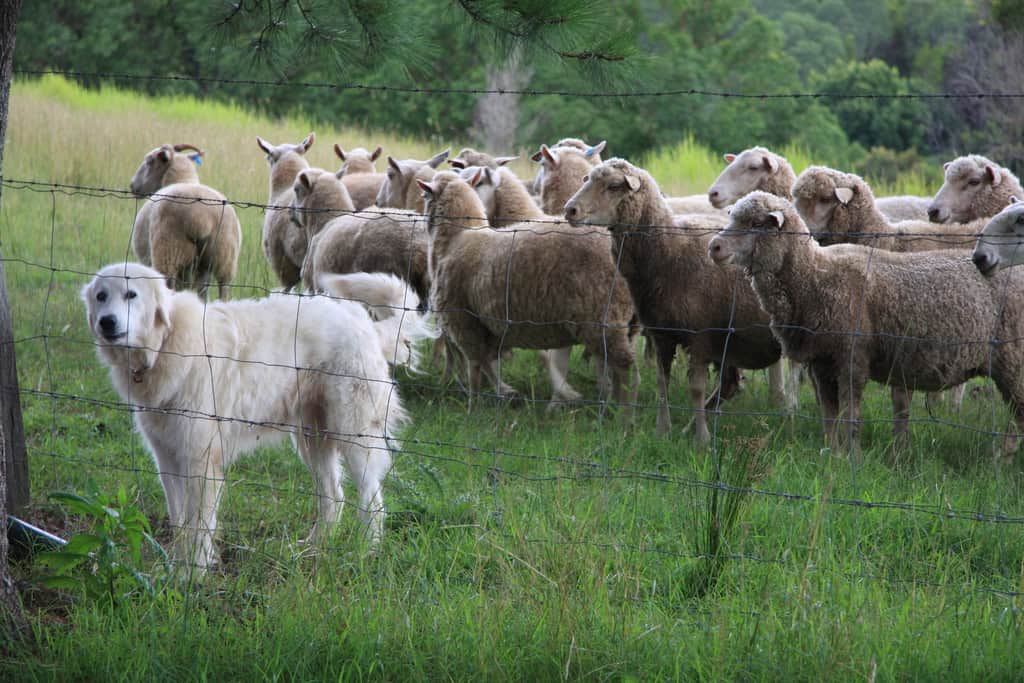
Despite their sacred symbolism, the reality for most sheep is starkly different. According to the Food and Agriculture Organization (FAO), approximately 567 million sheep are slaughtered annually worldwide for meat production. China leads global production, followed by Australia, New Zealand, and countries throughout the Middle East and North Africa. The global sheep meat market was valued at approximately $42.5 billion in 2021, with projections showing continued growth. This massive industry processes an average of 1.5 million sheep daily, transforming living beings into commodities.
Beyond meat, sheep are extensively utilized for wool production, with approximately 1.1 billion kilograms produced annually, often involving practices like mulesing (removing strips of wool-bearing skin from around the breech of a sheep) that have raised significant welfare concerns. The leather industry also processes millions of sheep skins yearly. This industrial-scale utilization stands in striking contrast to the reverential symbolism these animals hold in cultural and religious contexts, highlighting a profound disconnect between symbolic value and practical treatment.
Cognitive Dissonance: How We Compartmentalize Animals
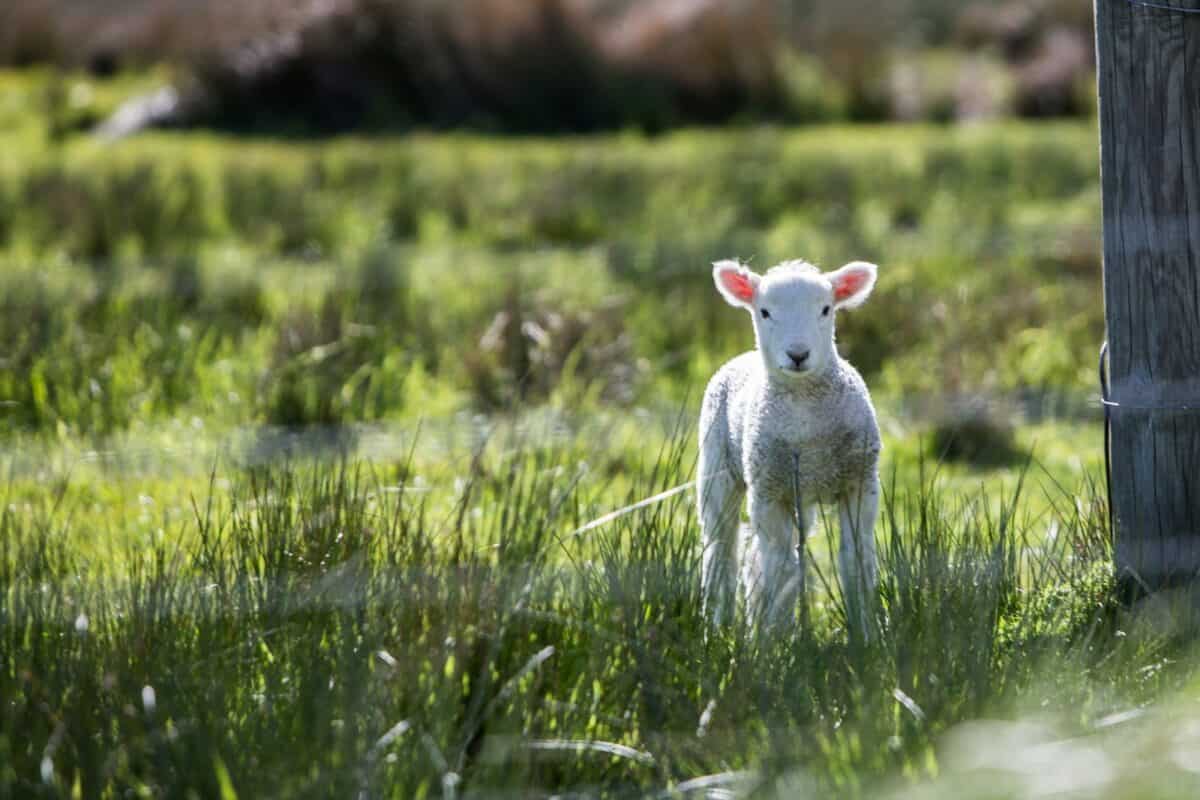
The paradoxical treatment of sheep exemplifies a psychological phenomenon known as cognitive dissonance—holding contradictory beliefs or attitudes, particularly regarding animals. Most people experience discomfort when confronted with the gap between their affection for animals and their consumption of animal products. To manage this discomfort, humans have developed sophisticated psychological mechanisms for compartmentalizing animals into distinct categories: those we protect and those we consume. This categorization often occurs without conscious awareness, allowing individuals to simultaneously hold sheep as sacred symbols while accepting their widespread slaughter.
Research in psychology has identified several cognitive strategies people employ to maintain this disconnect, including cognitive avoidance (not thinking about the source of meat), denial of animal mind (reducing perceptions of animal sentience), perceived behavioral change difficulty, and various justifications based on religion, culture, or necessity. The case of sheep is particularly pronounced because of their dual status as both beloved cultural symbols and common food items—a duality that requires especially robust compartmentalization to maintain without psychological discomfort.
Sheep Intelligence and Sentience: The Science We Ignore
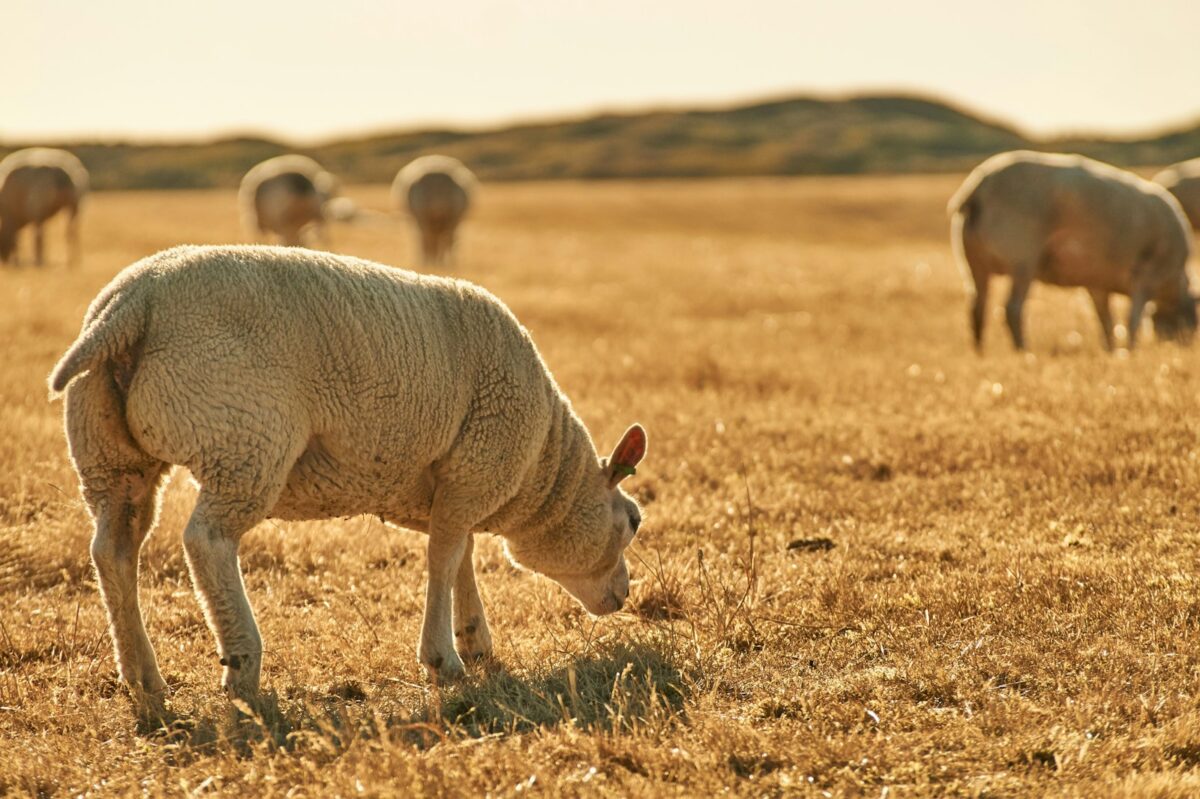
Modern scientific research has thoroughly debunked the stereotype of sheep as unintelligent, yet this outdated perception persists and facilitates their exploitation. Studies from the University of Cambridge and other research institutions have demonstrated that sheep possess remarkable cognitive abilities, including facial recognition capacity on par with humans—sheep can remember and recognize at least 50 individual sheep faces for up to two years. They display emotional intelligence, forming strong bonds with family members and exhibiting signs of depression when separated from their social groups.
Sheep demonstrate self-awareness, sophisticated spatial memory capabilities, and can learn complex tasks. Research published in Nature shows sheep can self-medicate when ill, selecting appropriate medicinal plants from their environment. Their pain perception systems closely resemble those of humans, with evidence showing they experience pain, fear, and distress in ways neurologically similar to our own experiences. This growing body of scientific evidence raises uncomfortable questions about the ethical implications of commodifying animals with such sophisticated mental and emotional lives—evidence that societies largely choose to ignore or downplay to maintain current consumption patterns.
The Cultural Narrative: “Sheep as Stupid”
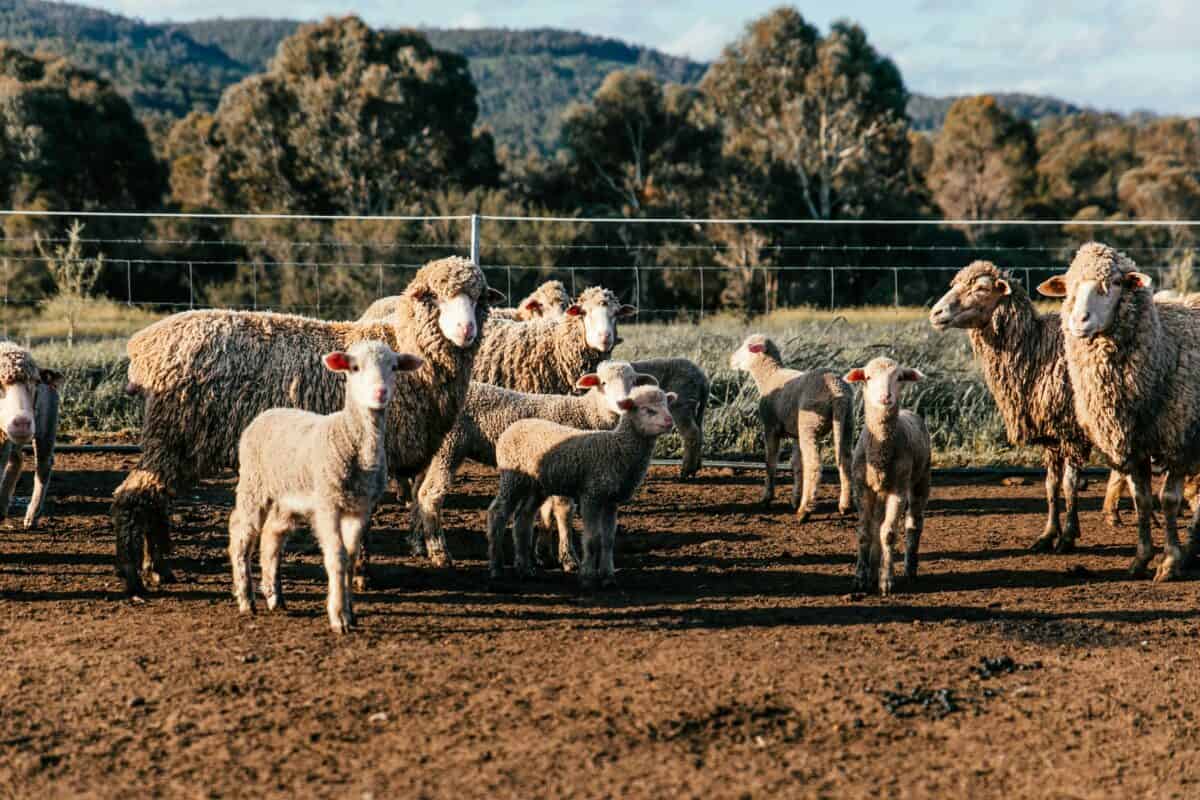
The misconception of sheep as unintelligent has been deeply embedded in cultural narratives across societies, serving as a convenient justification for their exploitation. Common idioms reflect this stereotype—”like sheep to the slaughter,” “sheep mentality,” and referring to mindless followers as “sheeple.” These linguistic frameworks reinforce the perception of sheep as mindless creatures, despite scientific evidence to the contrary. This narrative construction has historically benefited industries reliant on sheep products by diminishing ethical concerns about their treatment.
Cultural depictions in literature, film, and media often perpetuate these stereotypes, rarely portraying sheep with the complexity or agency afforded to other animals. Even children’s media frequently presents sheep as simplistic, docile creatures whose primary purpose is to provide resources for humans. This systematic devaluation of sheep intelligence in cultural discourse creates a self-reinforcing cycle: society portrays sheep as unintelligent, which justifies their treatment as commodities, which in turn reinforces their portrayal as creatures worthy only of utilitarian consideration rather than moral concern.
Selective Compassion: Pet Lambs vs. Faceless Flocks

A striking manifestation of the sheep paradox appears in the disparate treatment between individually known sheep and anonymous flocks. A lamb raised as a pet or a named animal in a petting zoo typically receives affection, veterinary care, and moral consideration. Meanwhile, virtually identical animals in commercial flocks are subjected to routine practices including castration, tail docking, and eventual slaughter—often without anesthesia. This selective compassion reflects a broader phenomenon in human-animal relations: individualized animals receive moral consideration, while anonymized groups become statistics.
This pattern crosses cultural boundaries. In many societies, children form deep bonds with individual lambs as pets while simultaneously being socialized to accept lamb as food. The 2019 documentary “Lamb” powerfully captured this contradiction, following children raising lambs for agricultural shows who must ultimately send their beloved animals to slaughter. This compartmentalization begins early in development, as children learn to navigate the contradiction between loving individual animals while accepting the commodification of the species as a whole—a psychological separation that persists into adulthood and enables the continued exploitation of sheep despite their known sentience.
Religious Sacrifice: Sacred Killing
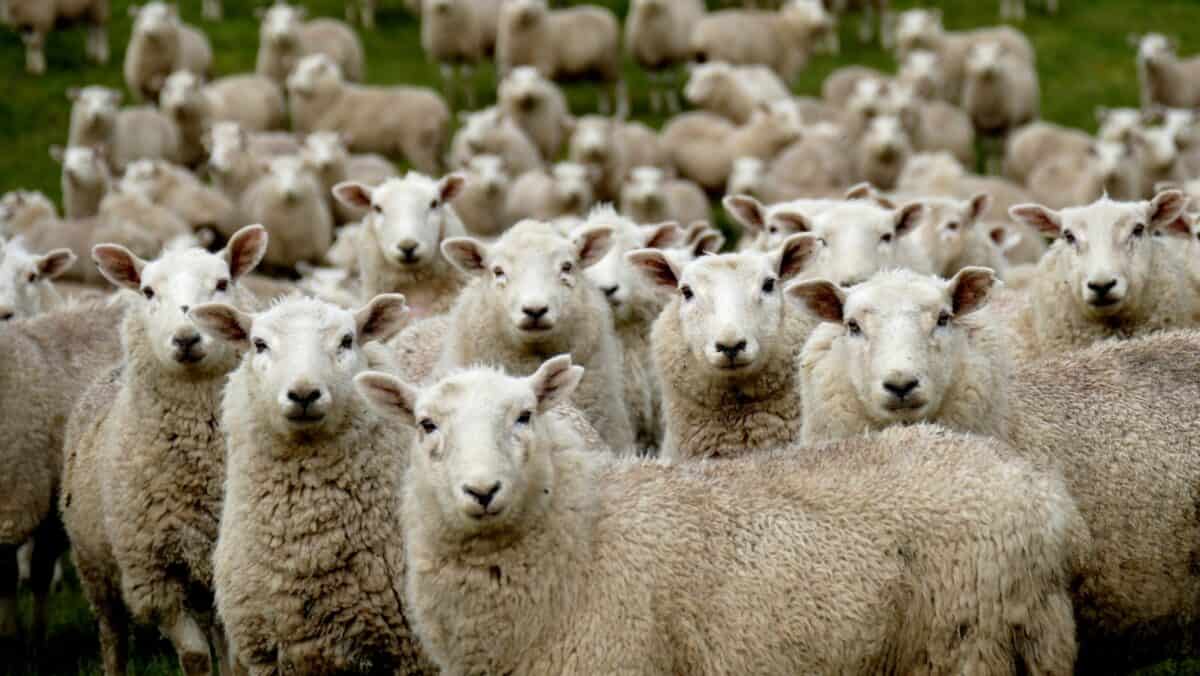
Religious sacrifice represents perhaps the most explicit manifestation of the sheep paradox—animals are killed precisely because they are valued. During Eid al-Adha, Muslims worldwide sacrifice an estimated 100 million sheep annually, commemorating Ibrahim’s devotion to Allah. The ritual simultaneously elevates the animal’s status as worthy of offering to God while affirming human dominion over animal life. Similarly, in various Hindu traditions, sheep may be sacrificed to deities including Kali and Durga, though many modern practitioners have shifted to symbolic offerings.
Historical Jewish practice centered on lamb sacrifice at the Temple in Jerusalem, though this ended with the Temple’s destruction in 70 CE. Contemporary Samaritans still perform sheep sacrifice during Passover. The paradox in these practices lies in how religious sacrifice both elevates the animal’s symbolic importance while reinforcing its status as a resource for human use—even if that use is ritualistic rather than purely consumption-based. The concept of “sacred slaughter” encapsulates this contradiction, with the animal’s death framed as respectful or even honoring to the animal, despite being fundamentally at odds with the animal’s own interests in continuing to live.
The Invisible Industry: Wool’s Hidden Costs
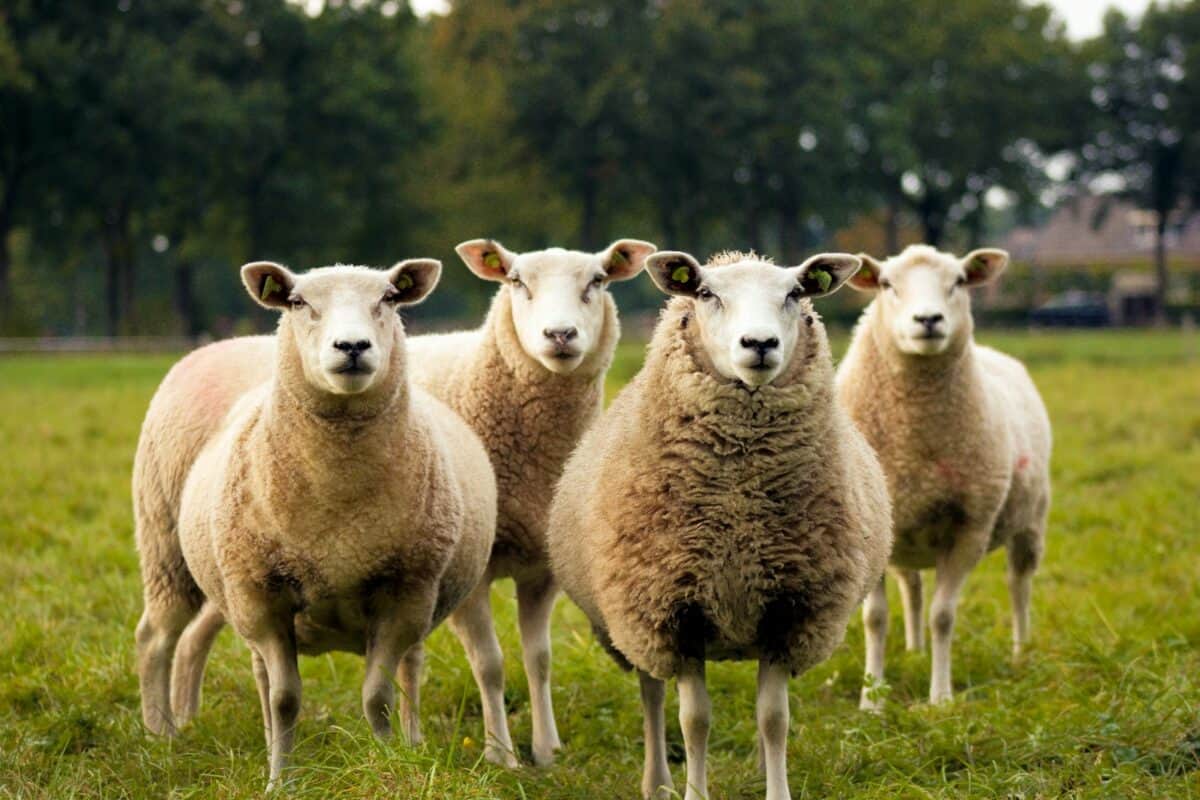
While meat production represents the most obvious form of sheep exploitation, the wool industry operates with even less public scrutiny despite significant welfare concerns. Modern wool production has intensified breeding for unnatural wool growth—contemporary sheep produce up to 40 pounds of wool annually, compared to the 2-3 pounds their wild ancestors developed naturally. This selective breeding creates animals wholly dependent on human shearing, as they cannot shed naturally and would suffer from heat stress, mobility issues, and parasite infestations without human intervention—creating a cycle of dependency that justifies continued exploitation.
Standard industry practices include mulesing—cutting strips of skin from lambs’ hindquarters without anesthesia to prevent flystrike—a practice continuing in major producing countries like Australia despite international criticism. Shearing itself, when performed under industrial time pressures, frequently results in cuts, stress, and rough handling. A 2014 PETA investigation documented workers punching, kicking, and throwing sheep during shearing in the U.S. and Australia. The invisibility of these practices to consumers creates a disconnect between the soft, “natural” wool product and the often-harsh realities of its production—another dimension of the sheep paradox where the same societies that venerate gentle lambs accept practices that routinely cause these animals suffering.
Environmental Paradox: Sheep as Destroyers and Saviors
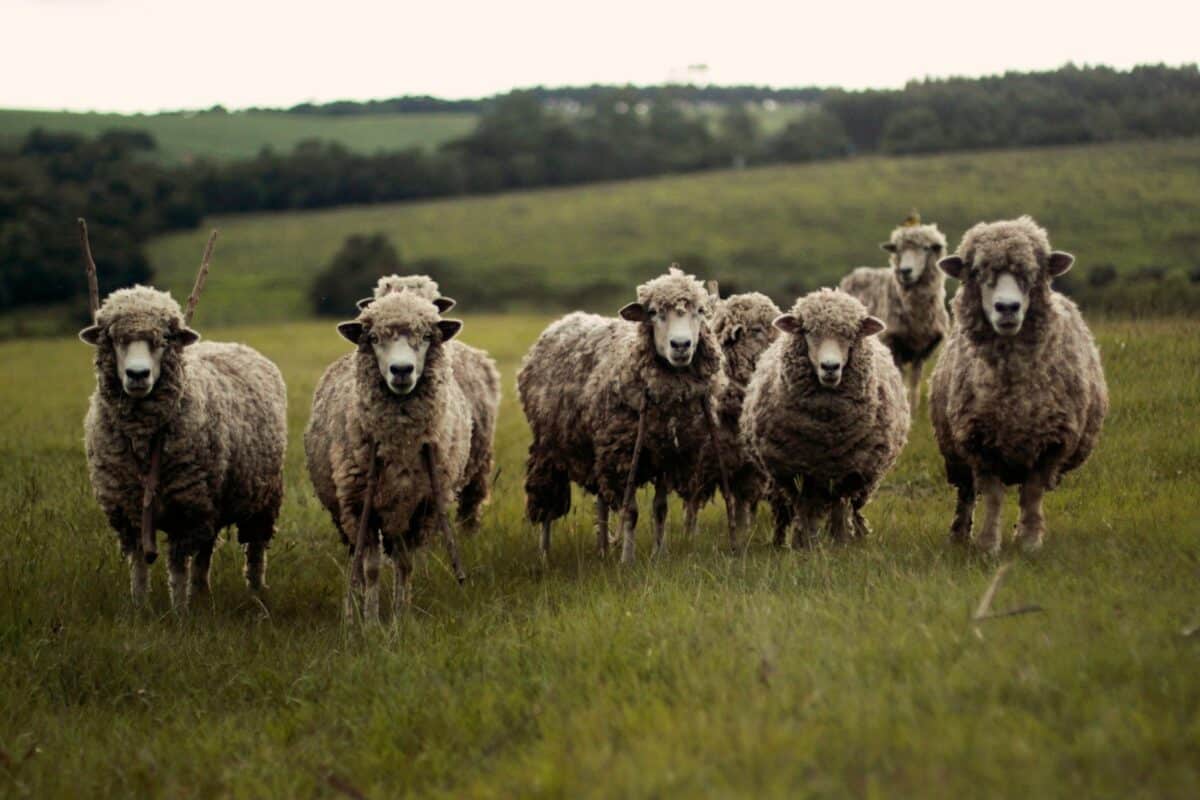
The environmental impact of sheep presents yet another contradiction in our relationship with these animals. Sheep farming contributes significantly to greenhouse gas emissions, with sheep producing methane through enteric fermentation at levels that make sheep production responsible for approximately 6% of all livestock emissions globally. Overgrazing by sheep has contributed to desertification in regions across Africa, Australia, and the Middle East. In countries like New Zealand, sheep farming has led to significant deforestation, biodiversity loss, and water pollution from effluent runoff.
Paradoxically, sheep also play crucial roles in sustainable land management when properly integrated into ecosystems. Traditional shepherding practices in the Mediterranean, transhumance in Alpine regions, and holistic planned grazing can actually improve soil health, increase carbon sequestration, and maintain biodiversity in grassland ecosystems. Some conservation organizations now use sheep grazing as an ecological management tool for controlling invasive plants and maintaining habitats for endangered species. This dual role as both environmental destroyers and potential environmental allies represents yet another dimension of our contradictory relationship with sheep—creatures that can either harm or heal landscapes depending entirely on how humans choose to manage them.
Cultural Symbolism vs. Economic Reality
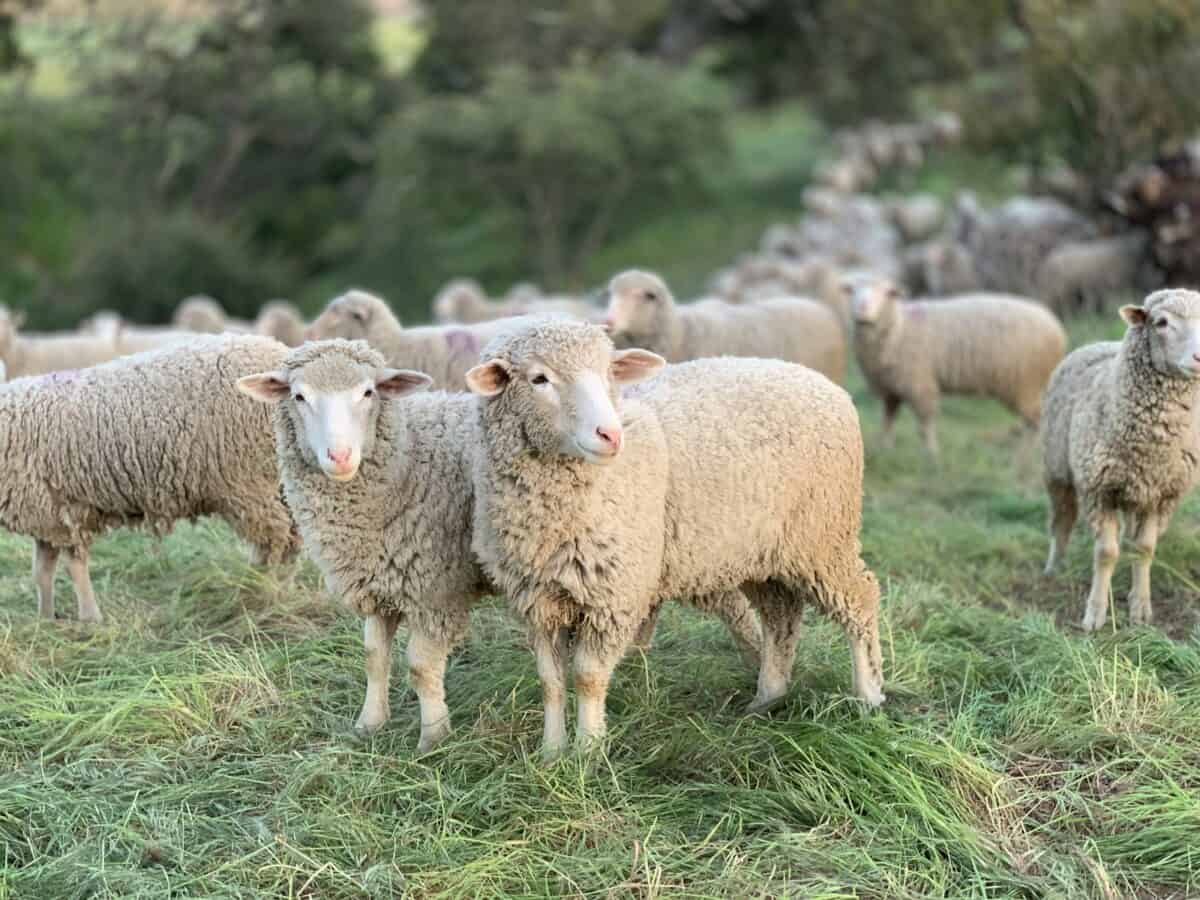
The gap between sheep’s cultural symbolism and economic reality reveals profound inconsistencies in societal values. In literature and art, sheep persistently represent innocence and vulnerability—from William Blake’s “The Lamb” to countless pastoral paintings depicting idyllic rural scenes. Children’s stories from “Sheep in a Jeep” to “Where Is the Green Sheep?” present these animals as gentle, endearing creatures worthy of empathy. Yet simultaneously, global economic systems value sheep primarily as commodities, with international trade organizations tracking them in tonnage rather than as individuals.
The economic reality shows sheep’s value primarily derived from their productivity—wool yield, meat-to-feed ratios, and reproductive efficiency. A stark example appears in industry responses to market fluctuations: when wool prices collapsed in Australia in the 1990s, millions of sheep were culled as “uneconomical” despite being healthy animals. This harsh economic calculus stands in stark contrast to cultural narratives about the value of innocent life that sheep symbolize. The contradiction reflects a broader societal pattern of professing moral values regarding animal welfare while maintaining economic systems that fundamentally commodify living beings—systems designed to maximize efficiency and profit rather than honor the symbolic values these same societies claim to cherish.
Alternative Perspectives: Challenging the Double Standard
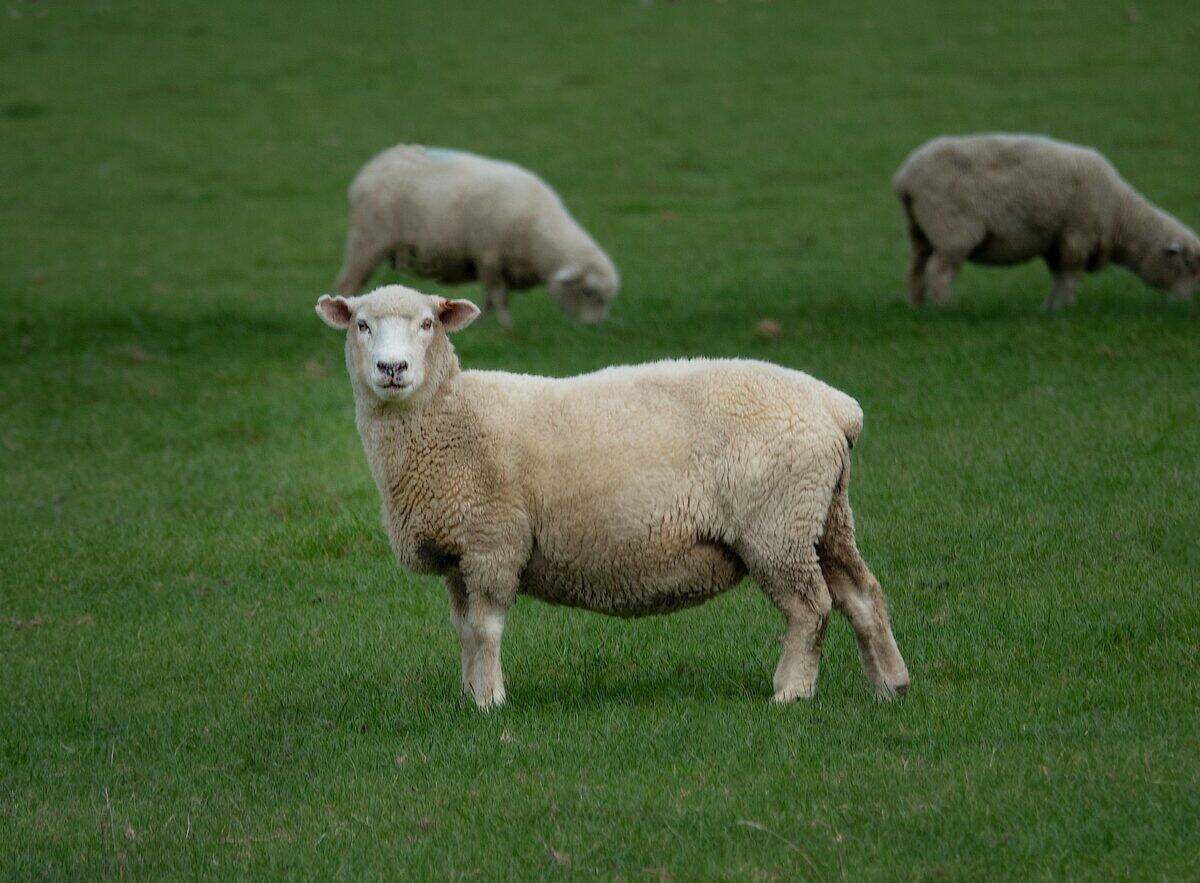
Various philosophical traditions, religious interpretations, and ethical frameworks have challenged the prevailing double standard around sheep and other animals. Jainism and certain Buddhist traditions have long advocated ahimsa (non-violence) toward all sentient beings, rejecting the exploitation of sheep regardless of economic benefit. Within Christian traditions, figures like St. Francis of Assisi promoted compassionate treatment of animals, while contemporary Christian vegetarian movements interpret biblical stewardship as requiring protection rather than exploitation of animals. Muslim scholars including Al-Hafiz B.A. Masri have argued that modern factory farming violates Islamic principles of animal welfare.
Philosophical traditions including utilitarianism, as articulated by Peter Singer, argue that sheep’s capacity for suffering morally matters regardless of species. Rights-based approaches championed by philosophers like Tom Regan contend that sentient animals have inherent value beyond their usefulness to humans. Indigenous perspectives often offer relationship-based ethics emphasizing reciprocity and respect between humans and animals used for food—challenging the commodification model while not necessarily prohibiting all use. These diverse perspectives demonstrate that the current double standard is not inevitable but rather a cultural construction that can be questioned, challenged, and potentially transformed through alternative ethical frameworks.
Conclusion: Reconciling Reverence and Reality

The double standard surrounding sheep—creatures simultaneously held as sacred and systematically slaughtered—reflects broader contradictions in humanity’s relationship with the natural world. This paradox persists not because it is logical but because it serves economic and psychological functions, allowing societies to maintain traditional practices while avoiding the moral discomfort that would come from full acknowledgment of sheep sentience and suffering. Moving toward greater consistency requires confronting these contradictions openly, questioning cultural narratives that diminish sheep intelligence, and reconsidering systems that treat living beings primarily as commodities.
Whether this reconciliation leads to improved welfare standards, reduced consumption, or fundamentally different relationships with sheep depends on complex intersections of ethics, economics, and culture. What remains clear is that the current paradox cannot be maintained indefinitely as scientific evidence of sheep cognition grows and ethical considerations evolve. The way forward requires honestly acknowledging the contradictions in how we regard these animals—creatures that have walked alongside human civilization for millennia, simultaneously serving as symbols of our highest virtues and subjects of our most routine exploitation.
Perhaps the most meaningful progress begins with recognizing sheep not merely as symbols or resources, but as individuals with their own experiences and interests—beings that exist for their own purposes rather than primarily for human use. In this recognition lies the potential for a more consistent, compassionate relationship with sheep and, by extension, with the entire natural world of which humans remain an inextricable part. The sheep paradox thus offers not just an ethical challenge but an opportunity to develop more coherent, sustainable relationships with the other beings who share our planet.
- Why You Should Never Approach a Bear - August 24, 2025
- New Record: The Longest Eagle Flight Ever Tracked - August 24, 2025
- The Most Dangerous US States for Animal Attacks - August 24, 2025

